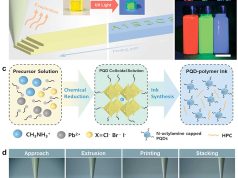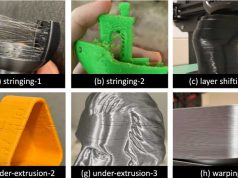Scientists at Monash University in Australia have successfully produced three-dimensional nerve networks using 3D bioprinting. To do so, they used special bio-inks with living nerve cells.
According to Professor John Forsythe, this is the first time that structures can be created that resemble the structure of gray and white brain matter. Unlike conventional two-dimensional nerve cell cultures, the neurons here interact with their three-dimensional environment, just as they do in the brain.
The printed neural processes used the white matter like a kind of “data highway” to establish connections between different layers. Measurements confirmed that spontaneous nerve-like activity and responses to stimuli take place in the 3D networks.
According to the researchers, replicating electrical activity is a major breakthrough for the field of neuroscience. The bioprinted neuronal structures could provide a promising platform for research into nerve diseases and drugs.
3D bioprinting thus opens up new opportunities to generate artificial organ models for medical research. The scientists are optimistic that this method could one day even be used to grow artificial organs for transplantation.
Subscribe to our Newsletter
3DPresso is a weekly newsletter that links to the most exciting global stories from the 3D printing and additive manufacturing industry.
























